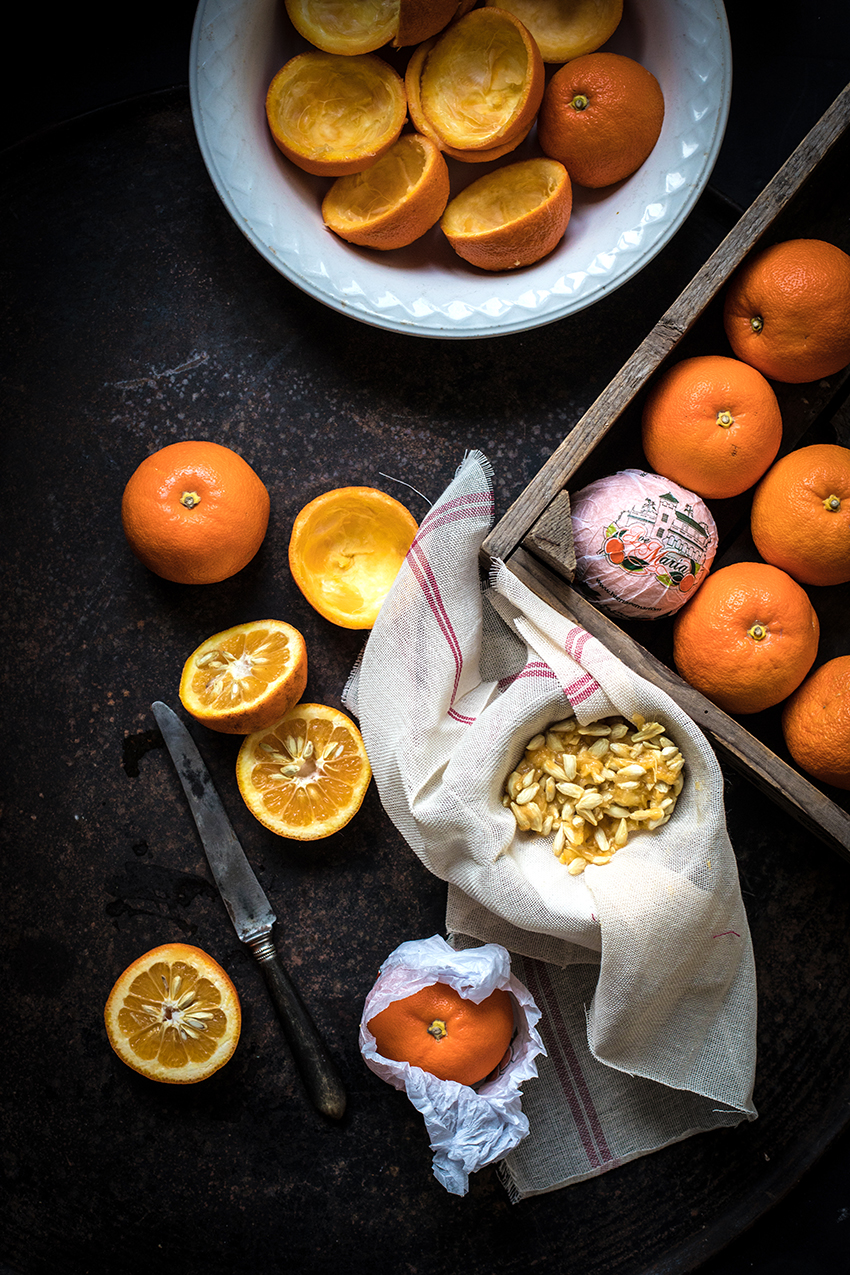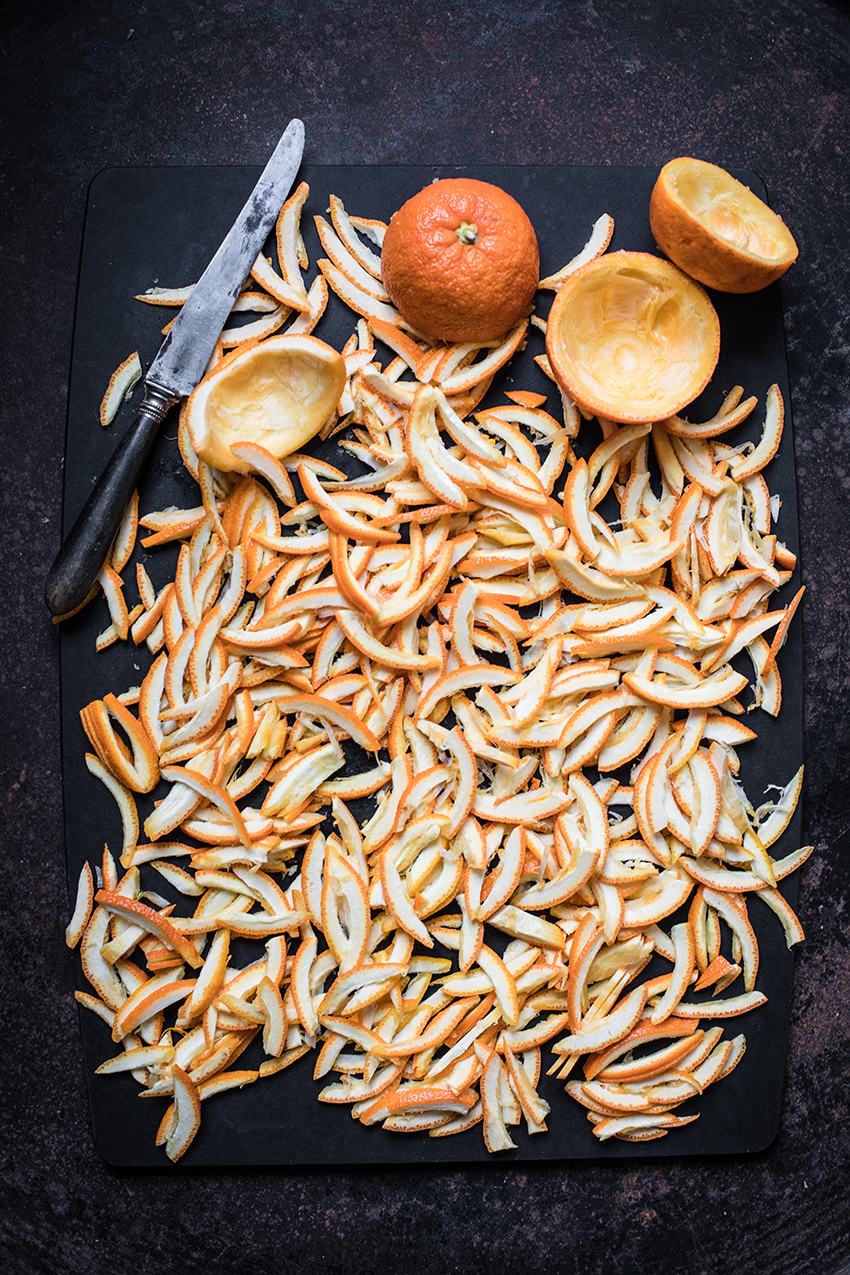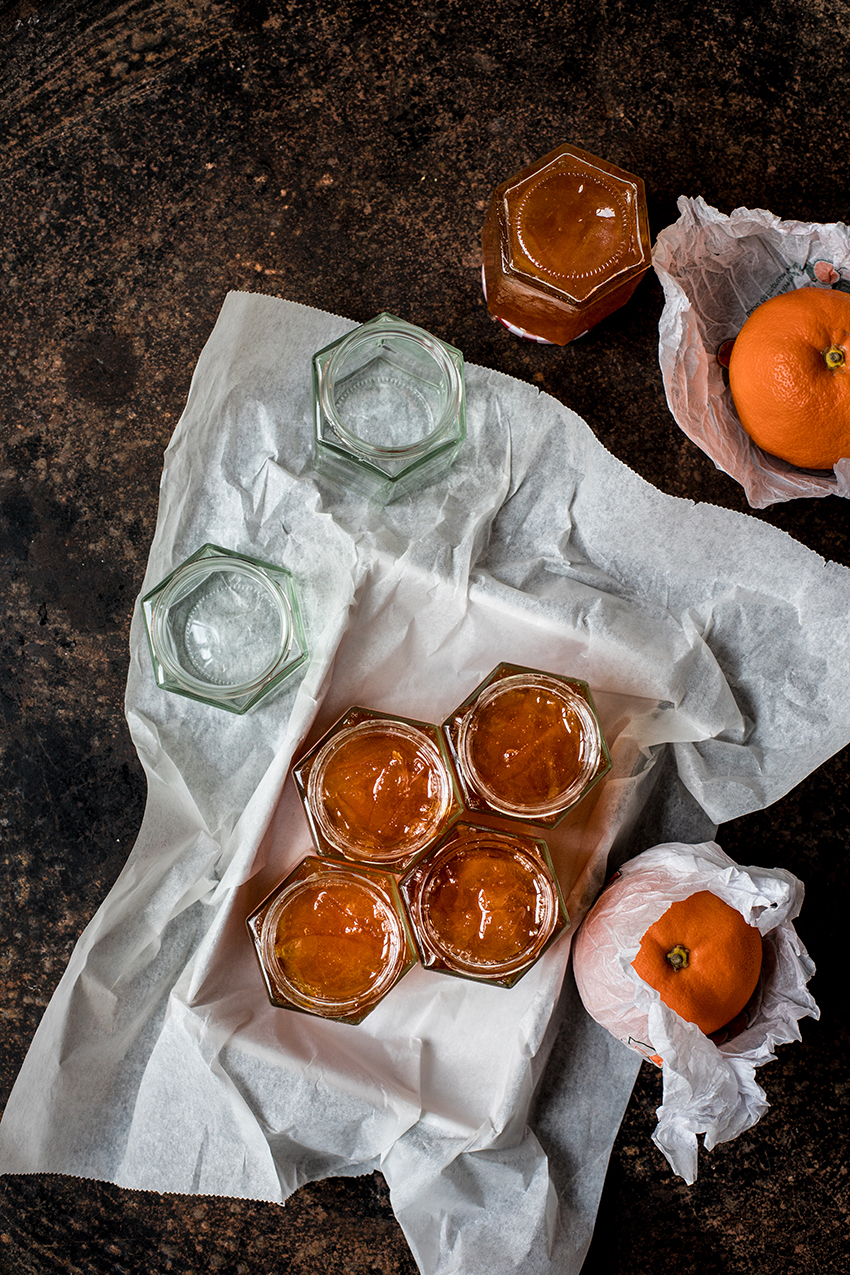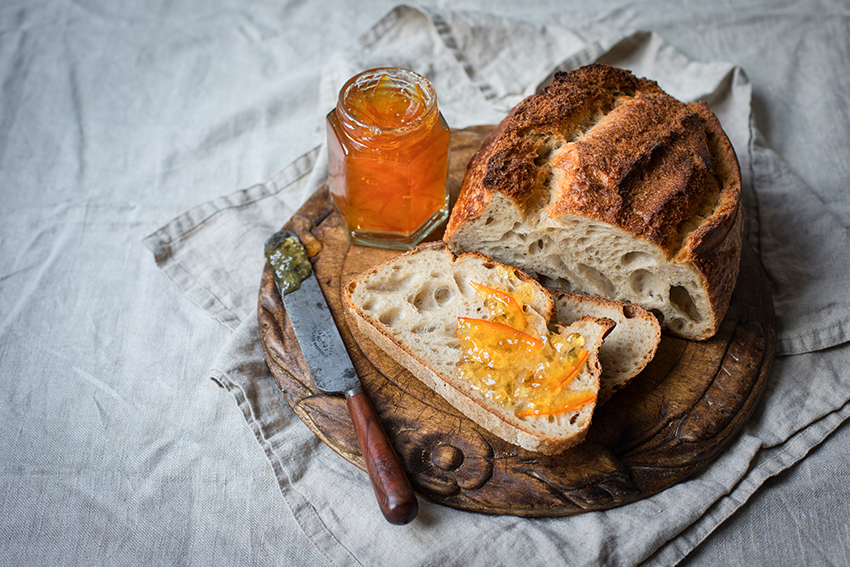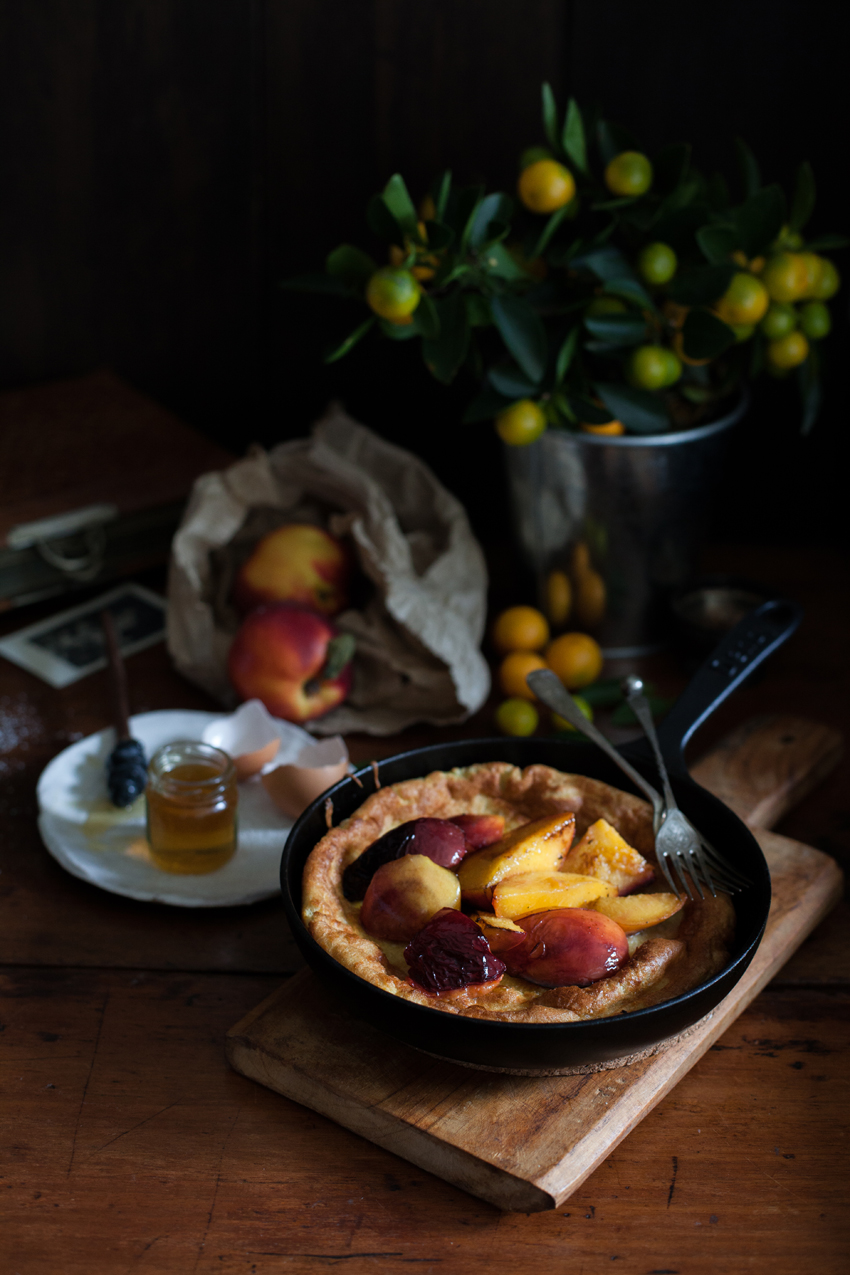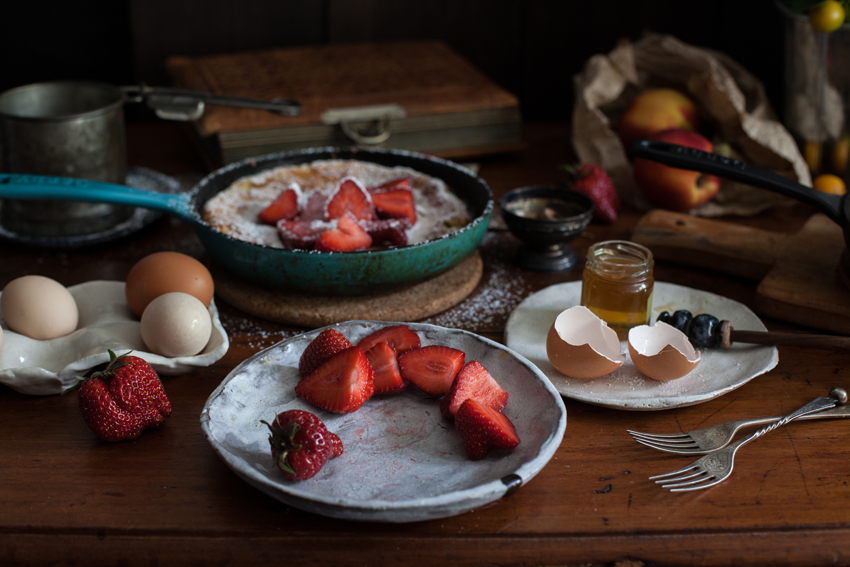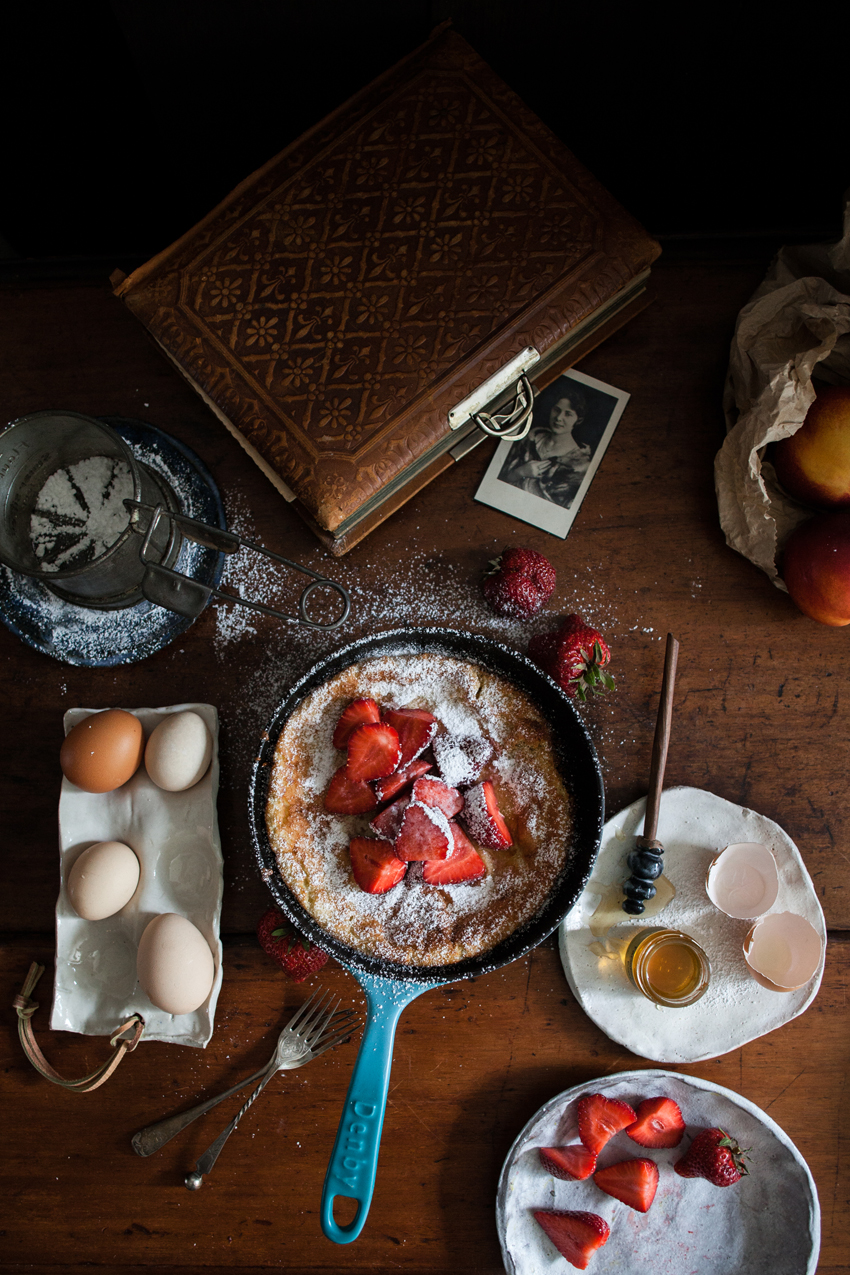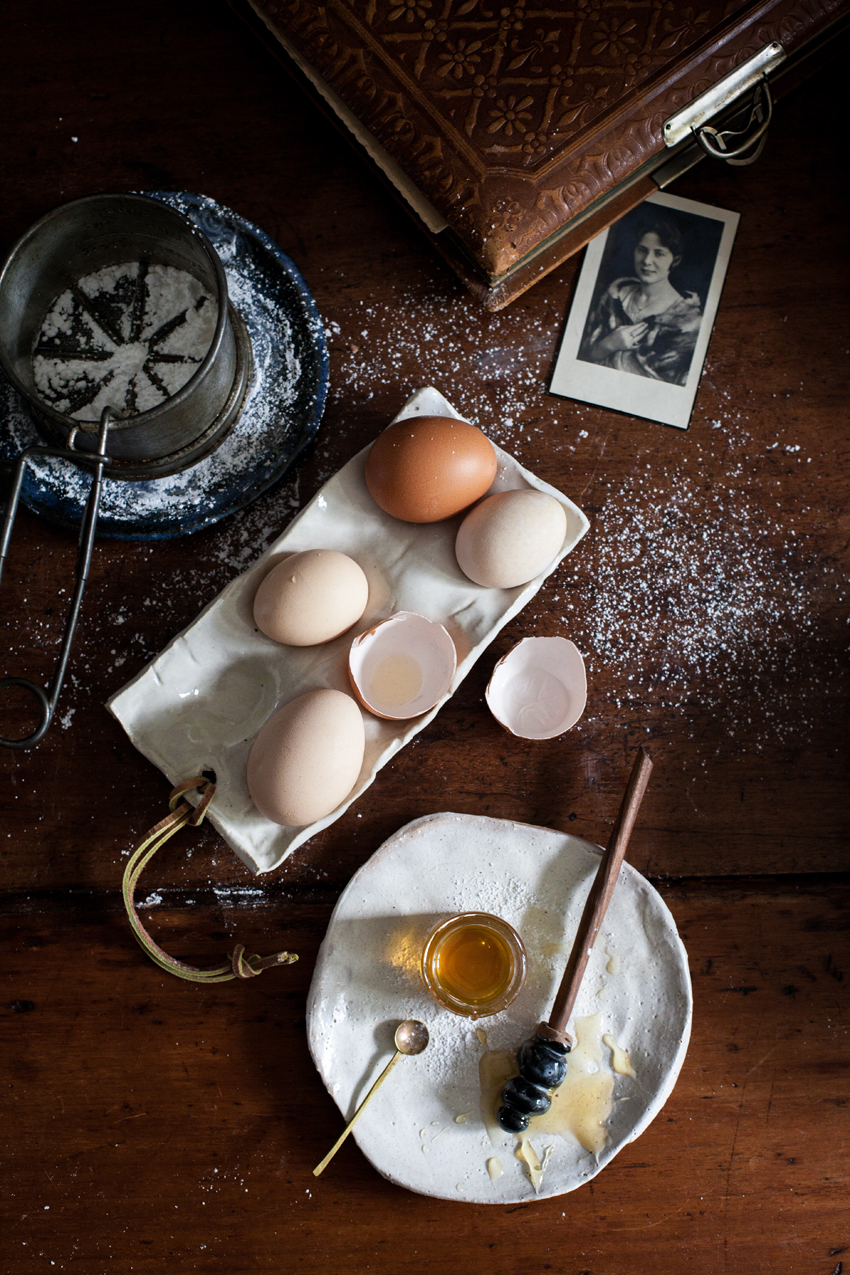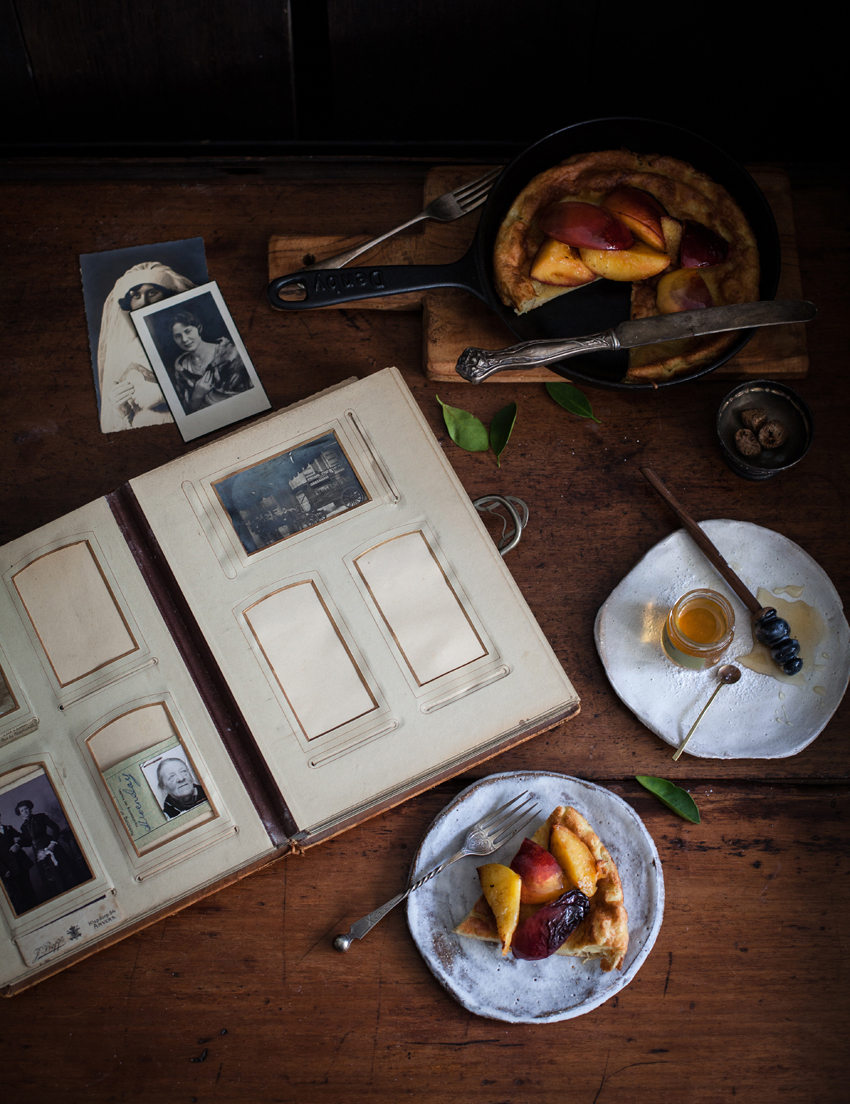The post Mini Chelsea Bun Crowns appeared first on Miss Foodwise.
]]>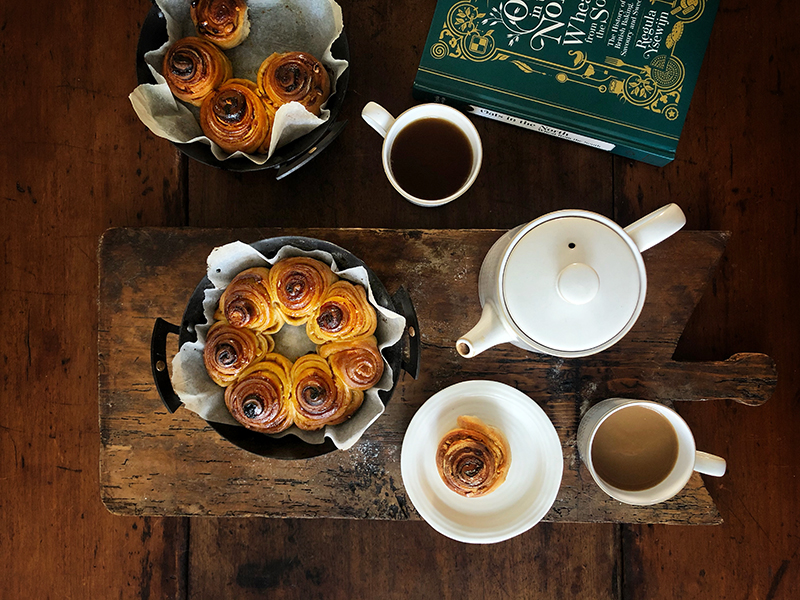
I’ve been sharing videos and easy baking ideas on my Instagram @Missfoodwise during these strange times, some will be handy to make things easier for you for when you want to get some thing beautiful and delicious on the table quick. I’ve posted a few recipes from my new book Oats in the North Wheat from the South – which came out in full lockdown and saw all my events in the UK cancelled. Luckily I was able to do my BBC Womans’ hour interview over the phone as I would have been sad to miss is.
I also posted some ideas for overnight doughs so you can prep before bed and bake in the morning for breakfast or lunch. This is one of those bakes (there is also overnight bread buns and quick pan pizza for same day baking) that looks great on your table, looks great to give as gifts – I’ve gifted one of the crowns to my neighbours who are doctors and can use some unexpected cheer and sweetness right now.
These buns are a variation on my Chelsea buns from the book but made so that you can leave the dough at room temperature overnight. If you want to bake them to eat on the same day, add more yeast as explained below.
Makes 3 small crowns
- 6 g dried yeast (15 g if you are baking on the same day, then first rise is 1 hour)
- 300 ml full-fat milk, room temp (lukewarm if you’re baking on the same day)
- 500 g strong white bread flour
- 60 g raw (demerara) sugar or white sugar
- 1 tsp ground cinnamon (or use pumpkin spice instead of the spices)
- 1/4 tsp ground mace
- ¹⁄8 tsp ground coriander
- 70 g butter, at room temperature, cubed
- 1 egg
- 5 g fine sea salt
For the filling
- 3-4 tbsp lemon curd
- 2 tbsp fine sugar
- Chopped hazelnuts
- Milk for brushing
For the sugar syrup
- 60 g (2. oz) raw (demerara) sugar or
- white sugar
- 5 tbsp water
- caster (superfine) sugar, for sprinkling
Method
Combine the flour, yeast, sugar and spices in a large bowl or the bowl of an electric mixer fitted with a dough hook and put the butter on top. Pour half of the milk over the butter and start kneading. When the milk and butter are completely absorbed, add the rest of the milk , along with the egg. Knead for 5 minutes, then let the dough stand for a few minutes (at this point it will be very wet). Add the salt and then knead for 10 minutes, scraping the dough off the dough hook and side of the bowl if needed, until the dough has come together in a smooth and elastic dough that is not too dry but also not terribly wet.
Cover the dough and set aside for 1 hour until it has doubled in quantity – OR WHEN USING THE OVERNIGHT METHOD: cover the bowl with the dough with plastic and leave until te morning at room temperature.
Line the baking tin or pan(s) with baking paper. Towards the end of the resting time, or in the morning, preheat the oven to 210°C
Divide the dough in two and shape one piece to a rectangle, roll out as thinly as possible, making sure you keep the shape (I’ve posted a video on my instagram feed @Missfoodwise)
Spread the dough with half the lemon curd, sprinkle over half the sugar and cover in half the chopped nuts. Divide lengthwise in 3 cm strips and roll those over to fill your tin(s) or pan(s) with. Do the same with the other half of the dough and then brush the buns all over with milk. These buns do not need to rise as we want the layers thin, so you can now immediately bake them! However if you like you can of course let them rest for an hour, or more, and your layers won’t be as thin.
Bake for about 20 minutes until golden brown, meanwhile prep the sugar syrup by heating the sugar and water in a small saucepan until the sugar has dissolved. Brush the buns with the sugar syrup as soon as they come out of the oven and then decorate with either coarse sugar, tiny sugar nibs, more nuts or leave plain and shiny!
The next day the buns are easily reheated in a hot oven for 5 minutes, they’ll taste freshly baked!
Enjoy!
Follow me on Instagram to stay up to date with videos etc, my new book is for sale over here >
The post Mini Chelsea Bun Crowns appeared first on Miss Foodwise.
]]>The post Bitter Seville Orange Marmalade – A Potted History and How to Make it appeared first on Miss Foodwise.
]]>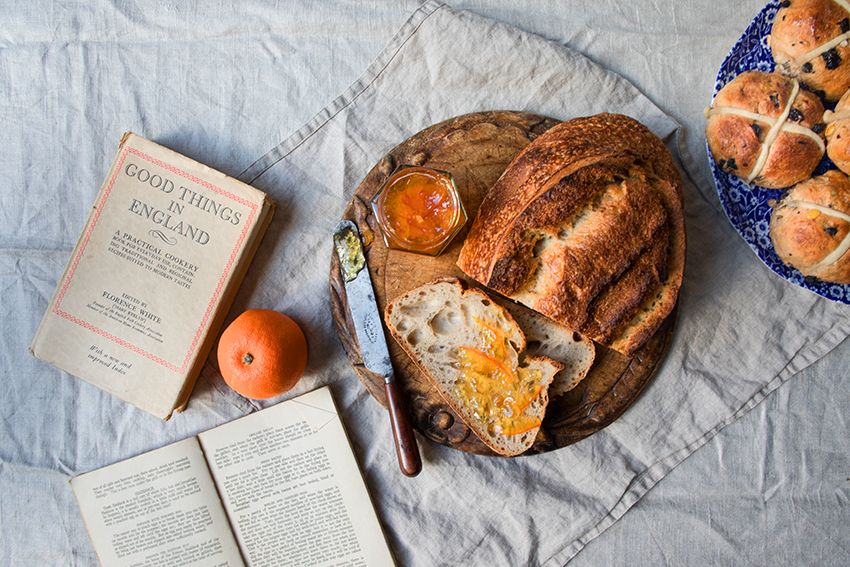
Marmalade is like Marmite, you either love it or loathe it.
Marmalade is loved in Britain, smeared on golden toast as the last course of the English Breakfast. The humble jar of sunshine even has its own Marmalade Awards each year in Cumbria in the North of England. Anyone can send in their jar to be judged by marmalade royalty, and my friend Lisa from All Hallows Cookery School in Dorset just won with hers.
In a time when bitter flavour is bred out of vegetables and fruits, you would think many people are not that fond of marmalade. Marmalade is traditionally made from bitter Seville oranges. Originally from Asia, the Moors introduced these oranges in Spain around the 10th century. They are quite inedible in their raw state and if you can manage I salute you. Because of their sourness Seville oranges contain a high amount of pectin. In 17 and 18th century cookery books they get a mention as ‘bitter oranges’ and it wouldn’t be an British classic without a story.
The legend
In the mid 18th century a Spanish ship carrying Seville oranges was damaged by storm. The ship sought refuge in the harbour of Dundee in Scotland where the load deemed unfit for sale were sold to a local merchant called James Keiller. James’ mother turned the bitter orange fruit into jam and so created the iconic James Keiller Dundee Marmalade. It wasn’t a coincidence that James mother made marmalade, in the 1760s her son ran a confectionery shop producing jams in Seagate, Dundee. In 1797 he founded the world’s first marmalade factory producing the first commercial brand of marmalade. In 1828, the company became James Keiller and Son, when his son joined the business. Today you can see stone James Keiller and Son marmalade jars pop up at every carboot sale and antiques market. But the marmalade is still in production, only now in glass jars that off the beautiful radiant orange colour that is so typical of marmalade.
The truth as clear as marmalade
According to Ivan Day, a prominent food historian who I was lucky to do a course with, one of the earliest known recipe for a Marmelet of Oranges dates from around 1677 and it can be found in the recipe book of Eliza Cholmondeley held in the Cheshire Archives and Local Studies.
The earliest recipe in Scotland is titled ‘How to make orange marmalat’ and dates back 1683. It can be found in the earliest Scottish manuscript recipe book which is believed to have been written by Helen, Countess of Sutherland of the Clan Sutherland. The book is dedicated entirely to fruit preservation and jelly making. According to The Scotsman “The Countess was married to John Gordon, the 16th Earl of Sutherland, an army officer who was honoured following the defeat of the 1715 Jacobite rebellion.”
This bit of information transports me right to the wuthering heights of Scotland.
This early Scottish as well as English recipe debunks the myth that mother Keiller invented marmalade. Recipes for similar preserves even date back earlier in history. But the Keiller family definitely deserve a prominent spot in marmalade history.
But why do we call it marmalade and not jam?
As you maybe remember from my posting about ‘Quince Cheese’ here > , quinces are responsible for the word marmalade as their Portuguese word is ‘marmelo’ and they were made into fruit cheeses named marmalades. In Spain they call it ‘Membrillo’. Quince just like bitter Seville oranges, contain a lot of pectin and they are both too sour to eat raw. From both of these fruits the pips and peels are used to get a good set, and if you don’t have quince you could easily make a fruit cheese out of these oranges.
If you’re a marmalade fan, chances are you have a particular favourite. You either love every jar that you can find on your breakfast table or you prefer either thick cut, thin cut, or vintage. The cut of course refers to how thick the peel is cut, I like mine as thin as possible. Vintage is a jar you left in the back of your preserve cupboard to age and turn dark amber in colour and deep in flavour. Then there are two kinds I don’t really want to include in the different types of marmalades and that is the flavoured kind, this could be spices, whisky or any other type of booze. I can understand whisky and grand marnier, but as I’ve made marmalade with cardamom, I have to conclude that that jar was something entirely different to marmalade. When it comes to preserves I’m quite the purist. If additions flavour and not just compliments the taste of the fruit, it’s a big no no for me.
What makes a marmalade
There is something to be said about sugar as well. Some use plain white sugar, others use demerara (cane sugar), others use molasse or jam sugar (minut sugar). You don’t need the added pectin of jam sugar, I find molasse to be too dominant, white sugar from sugar beets is something I hardly use except for jam so I decided to use 2/3 of plain white sugar and 1/3 demerara. I don’t want my marmalade to be dark in colour, I want it to be beautifully bright orange.
And finally the fruit… without wanting to be a food snob, organic or untreated bitter oranges are your only option. Remember that you will be using the peel so your fruit needs to be of the best quality. Many Seville oranges are harvested from trees which grow by the road and in the city. These are dirty oranges. I like to know what I put in my jam jar so it’s better to be safe and buy organic. This isn’t sponsored in any way but I’ve found Ave Maria is a farm that sells organic Sevilles, they are stocked in some British supermarkets (ask them on twitter).
I’ve looked at a couple of recipes and the ingredients and method is usually identical. Before I share my recipe (which is identical to many out there) I’ll leave you with some links for you to look at.
Felicity Cloake for The Guardian: How to make the perfect marmalade >
Giulia Scarpaleggia, my dear Italian friend who has access to the best oranges and makes this marmalade every season in big batches: Bitter Orange marmalade and nothing else >
Orange Marmalade
What do you need
- 1 kg bitter organic oranges (no compromise!)
- 1 large lemon
- 2,5 l water
- 500 g demerara sugar
- 1500 g castor sugar
Equipment
- Stainless steel pot
- Muslin
- a selection of sterilised jars
- a juicer if you have one
- a jam thermometer
Method
(I like to do the prep the evening before, then let it sit overnight, you can however do it in one day)
Juice all your oranges and the lemon, keep the pips and all the bits aside. Place the square of muslin cloth in a bowl and crape the pips and bits into it, close with a twine long enough so you’re able to tie it to the outside of the pot.
Finely slice the peels of the oranges, the thickness is your choice, I like the thinnest I can manage and use my sharpest knife for this. Transfer the shredded peel to the pot, tie the parcel of muslin to the pot and pour over the juice and the water then bring to a boil and leave to simmer for 2-2,5 hours. This is to soften the peel, if you like a bite to the peel, check regularly from 2 hours towards the end of the cooking time.
Leave to cool then remove the muslin parcel and squeeze it as hard as you can to get out as much of the juice as you can.
Now to make the marmalade bring the juice back to a simmer and add the sugar, stir well until it is completely dissolved. Bring to a boil, place a saucer or two in the fridge or freezer and check the temperature to reach 104 degrees – which is when the jam should be setting. Test a bit of jam on one of the cold saucers to see if it sets, if not, continue to boil and try again, and again if needed.
When the marmalade is setting, leave to cool for a few minutes before filling your jars.
After filling I still invert the jars because that is what my grandmother and mother did, but you can add wax or boil again in the jars, whatever method you’re used to.
Use on your hot toast or in cakes or puddings!
Next week… Hot Cross Buns revised!
The post Bitter Seville Orange Marmalade – A Potted History and How to Make it appeared first on Miss Foodwise.
]]>The post Batter pudding, a Dutch baby and the scent of a ripening nectarine appeared first on Miss Foodwise.
]]>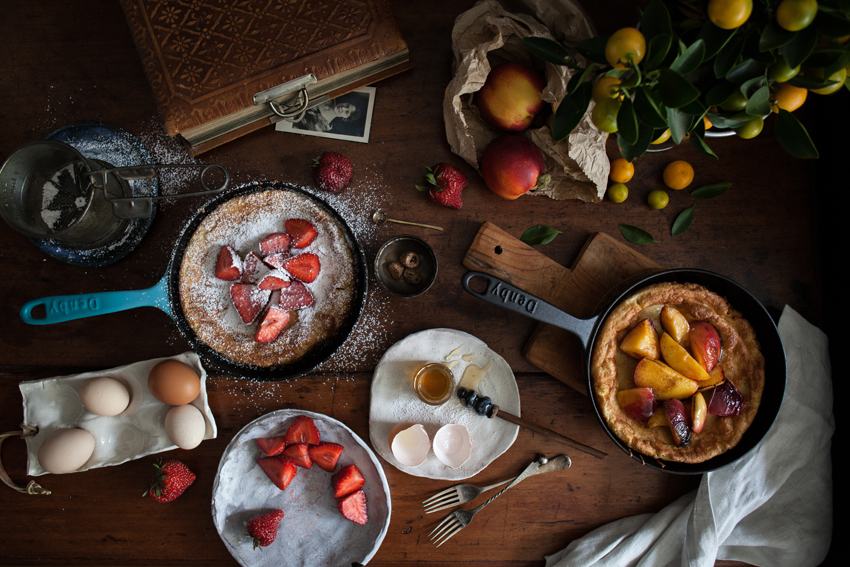 I can clearly remember the first time my brain registered the juiciness of a nectarine and its heavenly scent. It was summer and unusually hot. I was about 3 or 4 years old and me and my mother, the lady next door and her son Sam who had the same age, had walked quite a distance to a park where we could play. After we had played a while, Sam and I were each given an unusually large nectarine – mostly because our hands were very small. They came out of a brown paper bag, and I can still recall the sound of the bag, and the scent that came next when it was presented to me to pick my fruit. I remember that I smelled the skin of the fruit, looked at it, turned it around and was then handed a piece of white kitchen paper to catch the juice that was about to drip from my chin and hands. I investigated the skin between my fingers, the texture of the fruit. I recall the bitterness of the magenta red stone as I was trying to get the last of the flesh from it.
I can clearly remember the first time my brain registered the juiciness of a nectarine and its heavenly scent. It was summer and unusually hot. I was about 3 or 4 years old and me and my mother, the lady next door and her son Sam who had the same age, had walked quite a distance to a park where we could play. After we had played a while, Sam and I were each given an unusually large nectarine – mostly because our hands were very small. They came out of a brown paper bag, and I can still recall the sound of the bag, and the scent that came next when it was presented to me to pick my fruit. I remember that I smelled the skin of the fruit, looked at it, turned it around and was then handed a piece of white kitchen paper to catch the juice that was about to drip from my chin and hands. I investigated the skin between my fingers, the texture of the fruit. I recall the bitterness of the magenta red stone as I was trying to get the last of the flesh from it.
I had lost this memory for years because I had not encountered the scent of nectarines like that for a long time… I complained for the last decade that peaches and nectarines were harvested too early, that they never ripened, but rotted instead. They were as hard as a rock, cold from the fridges in which they were kept, like many people like them. They eat them like an apple, and enjoy the tangy unripe flavour. But this is not the way for me… You have to wait until the fruit gives off a heavenly scent as if it is a last breath. Only then, the fruit is ready to eat. Only then would the juices flow so rudely down from your chin and down into the collar of your dress or shirt.
I now feel like I have been given back something that I had lost, something I had forgotten that I had. Because saturday I opened a bag of unripe nectarines that I had forgotten about in my wicker shopping basket from the day before. It had been warm in our house, and the moment I opened the bag, there was that last bewitching breath of the nectarines… telling us they were ready to be devoured before they become so ripe that their skin only holds juice rather than flesh.
I feel blessed to have been given back a memory of my childhood with the scent of nectarines. This only goes to show how powerful the memory of taste and smell can be. Back came that summers day in the park, the tiredness from walking, the relief from hunger in the afternoon with the fruit, the long walk home in the sun… My little friend Sam who I was going to marry because he was going to be a fireman when he grew up, his mother, my mother. Back came the memory of dinner that night, my mums special Moussaka which isn’t a Moussaka at all. I recall being too tired to eat, nearly falling asleep in my plate of hot food, the window opened in our dining room, a breeze giving a well needed refreshment after possibly one of the warmest days of the year.
Something else was given to me in the last few weeks… a heavy leather photo album that contains photo’s of my ancestors. Up until that day I had never seen any old pictures of my fathers family. The album and a stack of other old pictures had been in the possession of my fathers sister who died over 10 years ago. Only recently when I was in a couple of magazines and newspapers with my book, my aunts daughter, my niece, contacted me. I hadn’t seen her for over 20 years, on my grandmothers funeral to be precise.
I now have an album with a couple of pictures, though it is mostly empty. I had never thought that the sight of old family could be so special. Most of us grow up with frames of pictures on walls and bedside tables, but I had none of my fathers side and few on my mothers side.
I first saw a picture of my dad when he was a boy, he was blonde like I was as a small child. He and a couple of other kids were playing in some field in Antwerp, most likely it is now a new neighbourhood. Then there were pictures of my dad when he was in his late twenties, on family gatherings with my mom. He wore flares and tight tee shirts as was the fashion in the 60’s. On other pictures he was filming and taking pictures, with my mom, niece and aunt around as well. I recognised myself in him, and the face I pull when I’m behind the camera. My dad decided to hold on to those pictures for a while but the oldest ones in the album, I took home. It is quite strange to have such a large album and have it nearly empty, but still it is a family heirloom I will cherish.
With the nectarines so lovely and fragrant I decided to bake batter puddings for tea. They are often referred to as Dutch babies, though they have nothing to do with the Dutch and are an American invention. Basically this is a Yorkshire pudding with a sweet topping. Something that has been eaten in England for a very long time. Leftover puddings from dinner would often be eaten as dessert – for pudding.
Theories on why it is called a Dutch baby are plenty, some say it comes from the Dutch ‘poffertjes’ but the method is different and the Dutch baby or batter pud tastes more like another batter pudding called ‘smoutebollen’ which are balls of dough deep fried in ‘smout’ which is tallow (animal fat) then dusted with icing sugar. But smoutebollen have a yeasted dough while the Dutch baby/batter pudding has a pancake dough.
The ‘Dutch’ could refer to the German-American immigrants known as the Pennsylvania Dutch, so ‘Dutch’ is in this case a corruption of the German autonym ‘deutsch’ (meaning German in German). If you want to know more about pancake-type history, I would recommend you read the whole story in ‘Pancake: a Global History’ by Ken Albala.
Batter puddings – or Dutch babies
What do you need (makes 2 batter puddings in 25 cm skillets, or 1 large one, or several small ones if using a muffin tray)
- 110 g plain flour
- a pinch of salt
- a teaspoon of vanilla sugar (optional)
- a pinch of nutmeg, or cinnamon if you prefer
- 280 ml milk (oatmilk or any other plant based milk works too)
- 3 large eggs
- sunflower oil, clarified butter, lard or tallow, for frying
Method
Proceed by creating the batter as you would for a pancake batter, adding the flour and pinch of salt to the milk and eggs, making sure there are no lumps. I find that the pudding improves if you leave the batter to rest for 30 minutes or so before cooking.
Preheat the oven to 250°C
Pour 1 cm of sunflower oil, clarified butter, lard or tallow into your cast iron skillets, or cake/muffin tin and set it in the middle of the hot oven. Place a larger tray underneath in case the fat drips: you don’t want extra cleaning and a smoky kitchen afterwards.
When the fat is hot (you will see it spitting): carefully but swiftly pour the batter into it and close the oven door.
Bake for 20–25 minutes without opening the oven until the pudding is puffed up and nicely coloured.
While the pudding is in the oven, you can prepare your fruit for the topping. Strawberries dusted with icing sugar and maybe some cream too is a definite winner. But roasted or baked nectarines or peaches make it into a more cosy pudding. Drizzle the fruit with some Grand Marnier in the pan for a grown up pudding. Roasted apples and pears with spices in winter and autumn, with maybe some blackberries added for colour. Cream or ice cream added to it is good for the soul.
If you are not into puddings that have warm fruit, or cold fruit on a warm pudding, the pud is just as good with a drizzle of honey, syrup (golden, date or whatever fancy syrup) or a simply dusting of icing sugar.
Eat hot.
You might also enjoy:
Cabinet Pudding from my book Pride and Pudding >
Kentish cherry batter pudding >
The post Batter pudding, a Dutch baby and the scent of a ripening nectarine appeared first on Miss Foodwise.
]]>